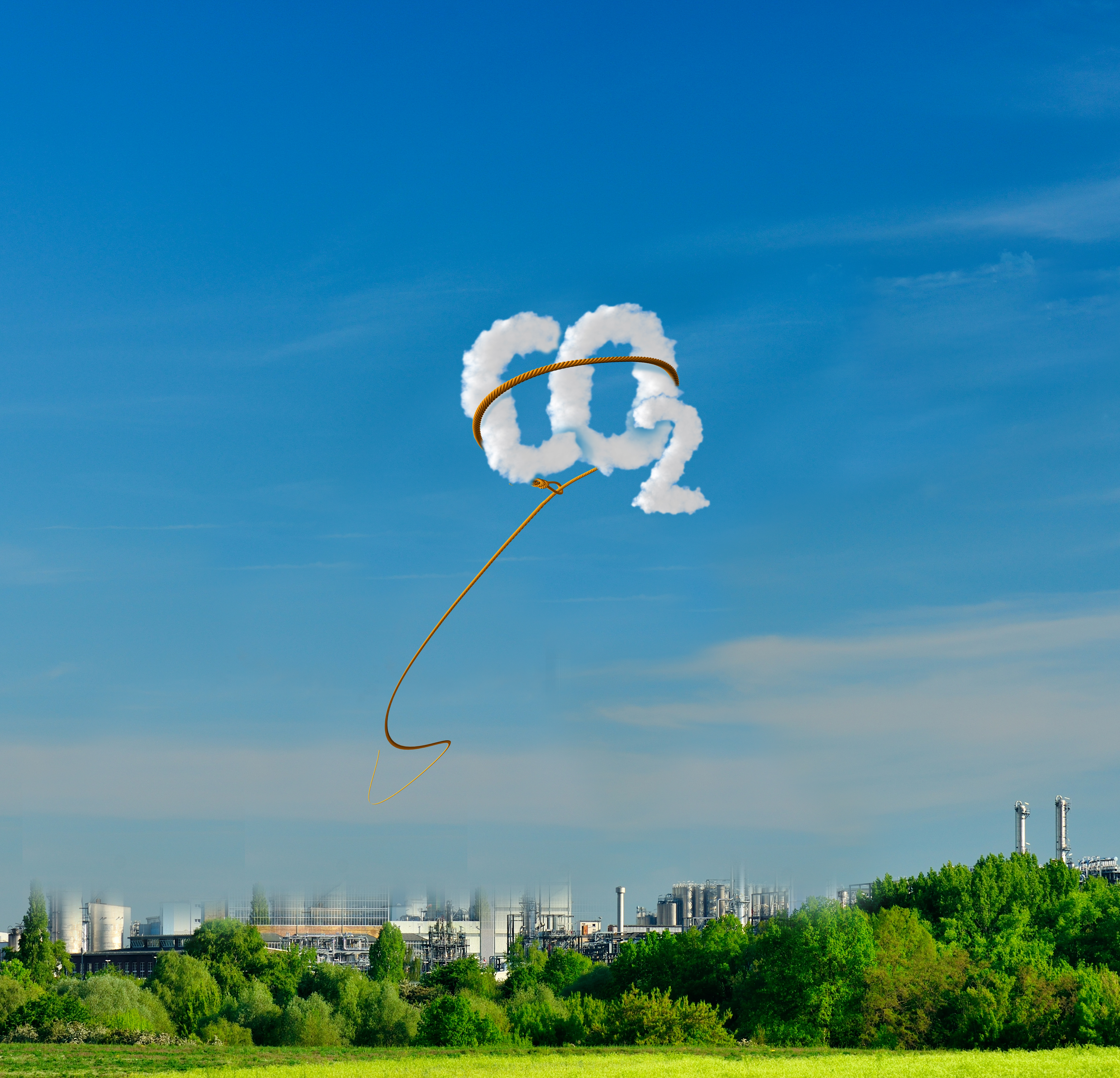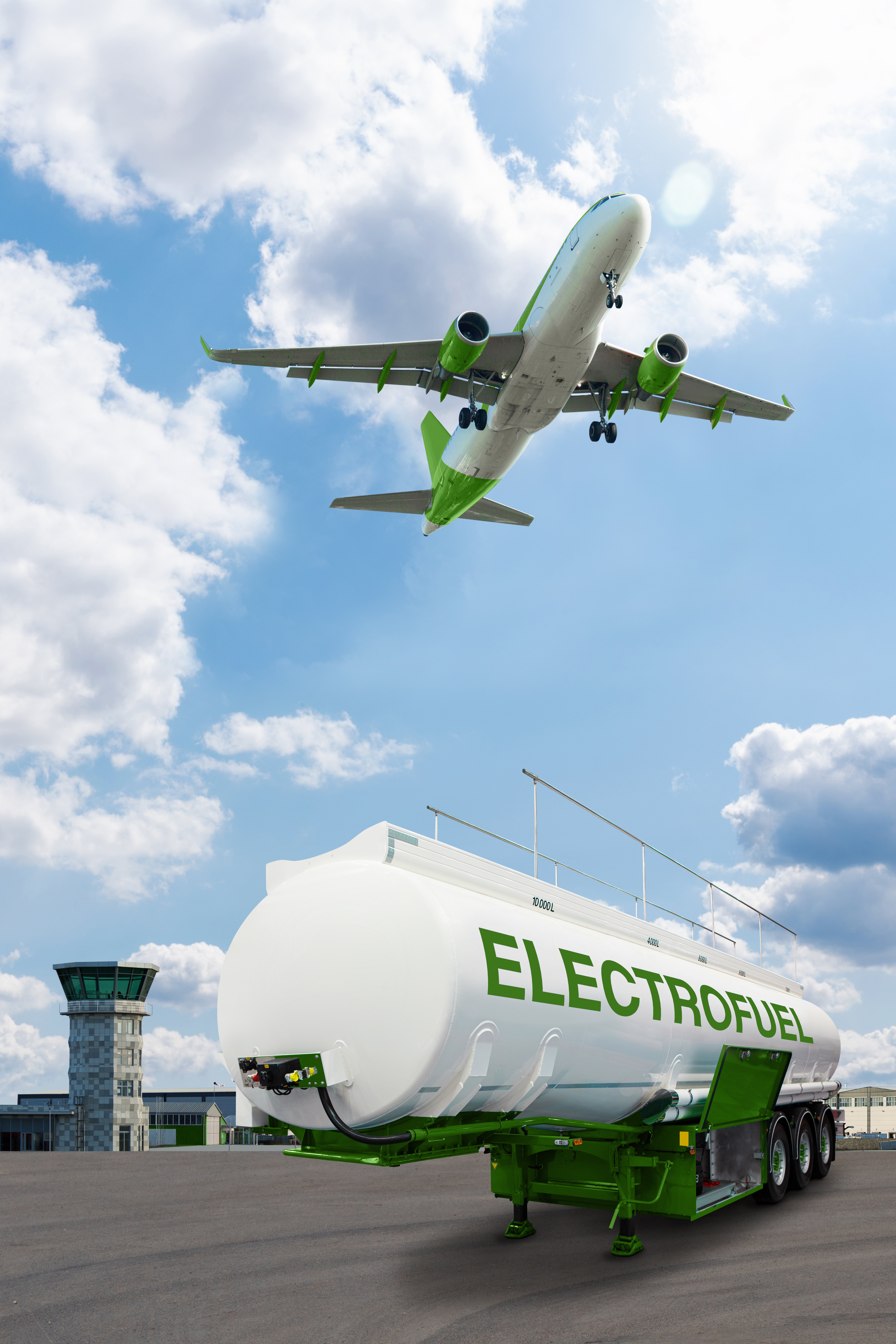Synthetic e-fuel, also called electrofuel, will be produced in the weather-beaten landscape of Chile. A combination of wind energy and CO<sub>₂</sub> captured from the atmosphere will be used to create a gasoline substitute that can work in existing engines and infrastructure. Via a filtration process, CO<sub>₂</sub> will be directly captured and condensed, and Clean technologies by Munters will support CO<sub>2</sub> capture. Green hydrogen will be combined with the CO<sub>₂</sub> captured from the atmosphere. And the green methanol produced from this process will be converted to carbon-neutral e-fuel. In the pilot phase, 2022 e-methanol production will initially reach around 750,000 liters and 130,000 liters of e-fuel will be produced.
Szybkie fakty
- Initial yearly e-methanol production of around 750,000 liters
- Yearly production of e-methanol could reach 1,000,000 tons by 2026
- In 2022 130,000 liters of e-fuel will be produced
- By 2024 yearly e-fuel capacity is planned to be increased to 55 million liters
- By 2026 e-fuel capacity could be over 550 million liters per year
- Ships could transport e-fuel with green methanol in the future
Background
We need carbon-neutral fuel accessible alternatives to fossil fuels on a large scale, to reduce carbon emissions and power a more sustainable future. Electrofuels can help get us there since they are a CO₂-neutral alternative to conventional fossil energy carriers – shifting the energy demand to the use of renewable sources. The production of e-fuels requires electricity from renewable sources such as solar or wind, as well as water to produce hydrogen through electrolysis processes and CO2 from direct air capture or end of pipe. Because e-fuels are produced by synthesizing hydrogen and carbon, they are called synthetic fuels. e-fuels are climate-friendly, compatible with conventional engines and easy to use. Their usage does not require any conversion and they can be distributed via existing tank and distribution infrastructures. Existing means of transport and heating can be converted environmentally friendly by using e-fuels. For example, trucks or airplanes, as well as construction machinery and oil-fired heating system can be operated in a climate-neutral manner.
Process overview
The project’s location in Chile was selected for its excellent wind conditions in terms of wind speed and availability. Wind turbines will turn wind energy into electricity using the aerodynamic force from the rotor blades.
Then wind energy will be converted to green hydrogen via water electrolysis. And direct air capture equipment supported by Munters Mist Eliminators will harvest climate-neutral CO₂.
Instead of using methanol from fossil sources, it will be synthesized from this green hydrogen and CO₂. These two gases are mixed to form the syngas and react to green methanol when they pass a catalyst.
A MTG (Methanol To Gasoline) plant will be used to convert the green methanol to synthetic e-fuel. The synthetic e-fuel will be transported to Europe with container ships. One container has a loading capacity of 25,000 – 30,000 liters.
Szybkie fakty
- Initial yearly e-methanol production of around 750,000 liters
- Yearly production of e-methanol could reach 1,000,000 tons by 2026
- In 2022 130,000 liters of e-fuel will be produced
- By 2024 yearly e-fuel capacity is planned to be increased to 55 million liters
- By 2026 e-fuel capacity could be over 550 million liters per year
- Ships could transport e-fuel with green methanol in the future




